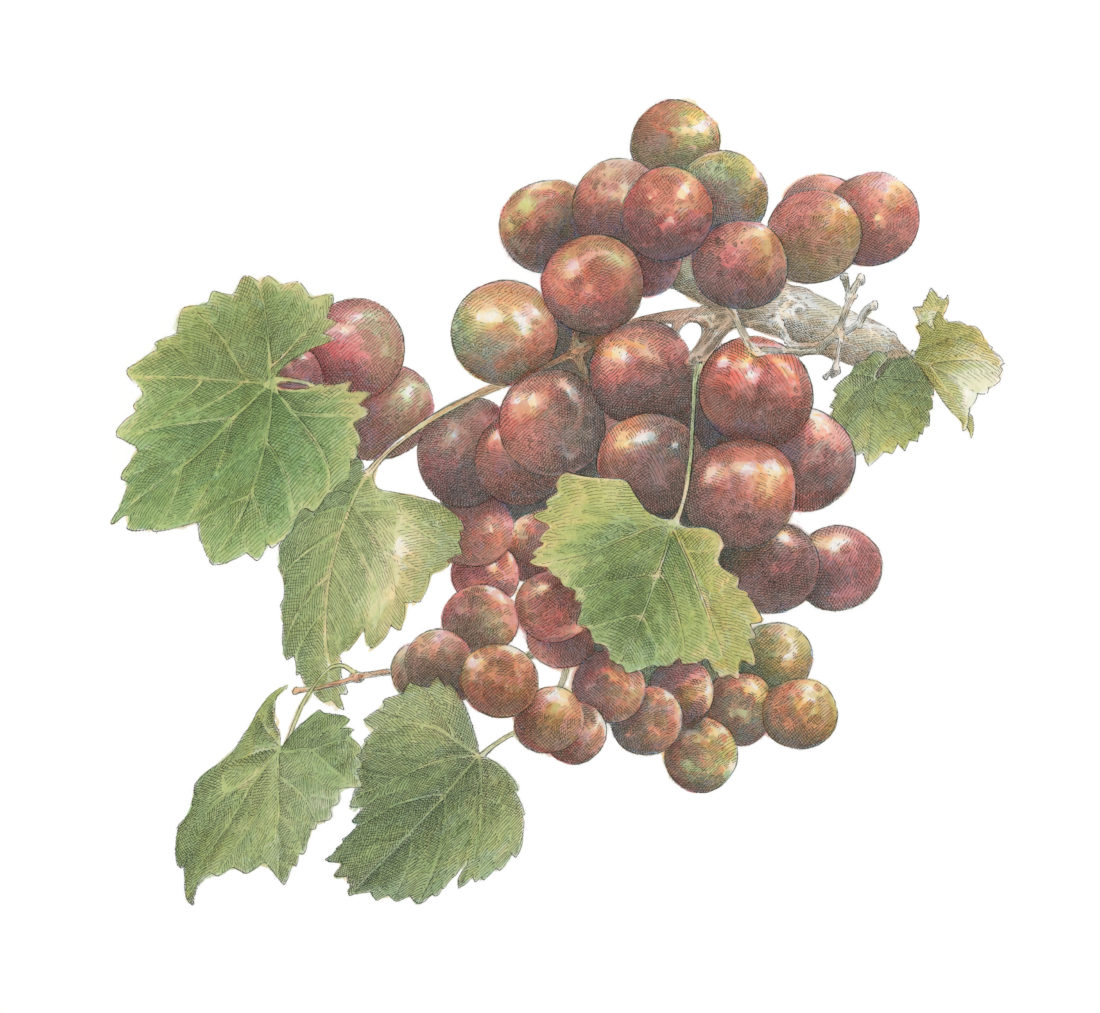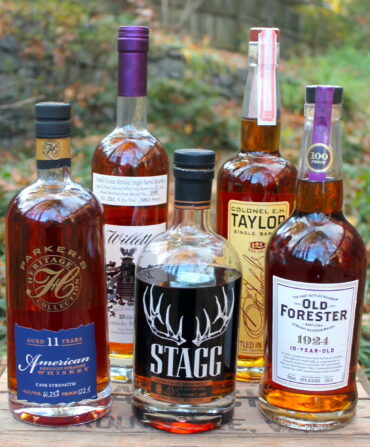When chef Nick Wilber moved south from New York City last year, he pored over lists of local produce and relied on local purveyors to help him learn about unfamiliar ingredients. “I was blown away the first time I had a muscadine,” says Wilber, a Colorado native who is now the executive chef at the Fat Radish in Savannah. “I think I ate half the case instead of actually using them. It’s like a plum and a Concord grape and a yuzu had a baby.” Thick-skinned with a sweet, juicy center and an acidic kick, the muscadine hasn’t always been an under-the-radar ingredient. Explorers first recorded the fruit in their logs in the 1500s, when the French raved to Sir Walter Raleigh about the abundance of an unusual grape they’d found in the Outer Banks of North Carolina. When early settlers weren’t eating muscadines right off the vine, they were cultivating them for wine. (Move over, Napa; Florida was America’s original wine country.) While production has been overtaken by mass-market grapes, Southerners can still find muscadines—including scuppernongs, the greenish-gold-skinned variety—growing wild in yards and in farmers’ market booths from as early as July through October. (Ticktock—get them while you can.)
To guarantee a good bunch, think of these grapes like tomatoes: You want them not too hard, not too soft, and with no big brown spots. Depending on the variety, muscadines might be dark purple, bronze, or even pale green when ripe. Store them in a single layer in a covered container in the refrigerator and use quickly—they’ll last a week at most. Wilber eats muscadines straight out of the bag and also uses them to make a sauce to serve over roasted duck. And one of his favorite preparations is a simple quick pickle (see recipe). “They’re hardy enough,” he says, “and the jelly center really lights them up—you don’t
do much more than add a little vinegar.” No longer a muscadine newbie, the chef passes along all he’s learned to restaurant guests. “I love talking about the history, the farmers, and why their soil is so good for this incredible grape that grows down here,” he says. “Those little bits of knowledge round out the experience, and customers learn a little something. It’s just like anything—food has a culture, and that culture needs to be shared.”
THE CHEF RECOMMENDS:
Pickled Muscadines
Yield: 1 quart
Ingredients
1 pint muscadine grapes, halved, with seeds removed
½ cup white wine vinegar
½ cup verjus*
1 bay leaf
1 clove
1½ tsp. fennel seeds, toasted
1½ tsp. coriander seeds, toasted
Preparation
Place grapes in a 1-quart container. Add vinegar, verjus, and all spices. Seal and allow to rest at room temperature for 24 hours. Store in the refrigerator for up to 2 weeks. The sweet-and-sour grapes are a perfect accompaniment to a salad or fresh fish.
* Find verjus (the juice of high-acid, unripe grapes) at gourmet markets, or substitute riesling or sauvignon blanc.








